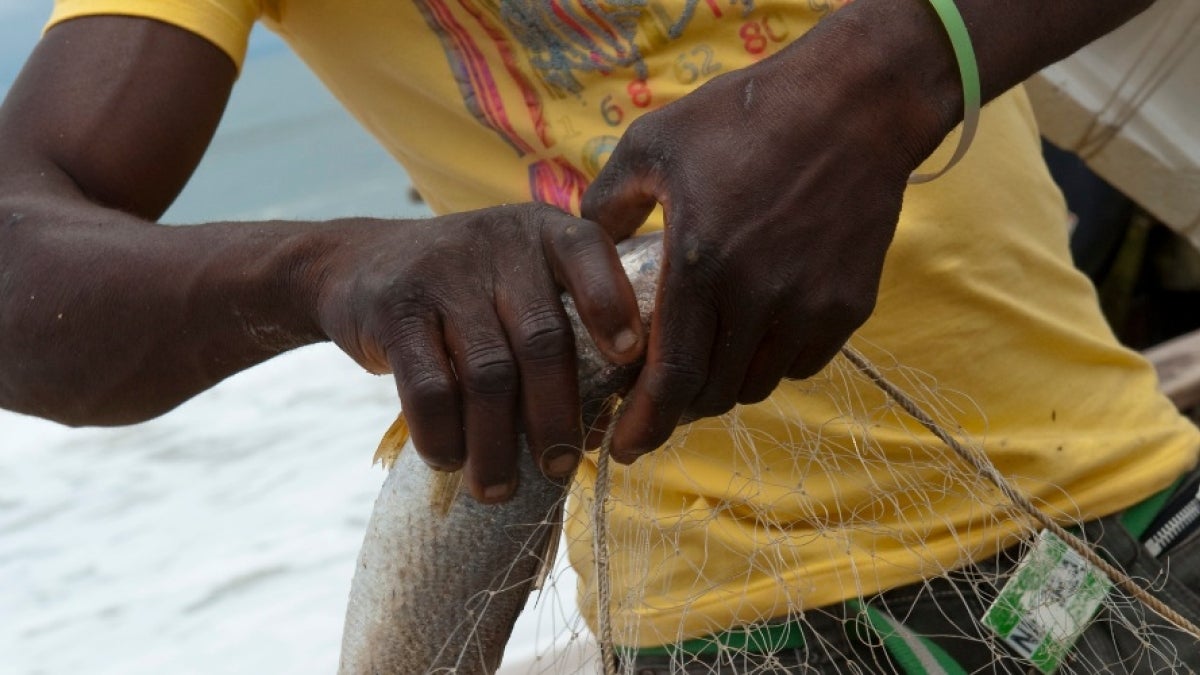Embedding environmental sustainability into the method of structural transformation is more and more pressing. On the similar time, global employment prospects for youth remain uncertain, with young people 3.2 times more likely to be unemployed than adults.
As mentioned within the Options for Youth Employment Observe, Blue Economy: Structural Transformation & Implications for Youth Employment, the ‘blue financial system’ – sustainable use of aquatic assets for financial progress, improved livelihood opportunities, and jobs that safeguard the well being of ocean ecosystems – can speed up financial transformation and guarantee progress that’s sustained and inclusive for younger individuals.
Right here, we spotlight 4 methods the blue financial system can drive progress towards each financial and environmental objectives.
1. The well being of the world’s oceans drives financial features and is essential to sustained prosperity. Oceans are the lifeline for a lot business exercise, producing as much as $6 trillion (roughly 10% of world GDP) in world revenues yearly and facilitating the transport of 80 % of the world’s traded items. Such financial worth is projected to double by 2030. On the similar time, oceans are an necessary supply of employment. Wholesome oceans furthermore assist objectives for sustainability, contributing to local weather change mitigation, carbon seize, and marine biodiversity.
2. The blue financial system can play a key position in initiating sustained structural transformation, facilitating the graceful transition of younger individuals from training to employment. As GDP per capita rises, jobs develop extra specialised, productive, and concrete. Financial manufacturing turns into more and more firm-centric and people specialise in extra complicated duties.
Financial actions inside the blue financial system are pivotal on this course of. As nations develop, employment in rising and harvesting meals shifts from comparatively low-productivity actions, like crop and livestock farming, to comparatively higher-productivity aquatic meals actions, reminiscent of fisheries and aquaculture. This sectoral shift is bigger for younger individuals (Determine 1).
Determine 1: Sectoral transformation inside main meals manufacturing actions by nation revenue degree
Supply: based mostly on ILOSTAT information (2023) for 104 nations.
Furthermore, as nations develop, there are sectoral shifts even inside the blue financial system itself, with employment transferring from fisheries to manufacturing and repair sectors of the blue financial system. Technological innovation drives growth in fishery productivity, prompting increased demand for jobs as more fish need to be processed. In parallel, fisheries demand larger inputs from manufacturing (e.g., ships and fishing gear), whereas elevated fish commerce expands associated service actions. Consequently, employment in fisheries decreases for increased revenue degree nations, however the remaining jobs within the sector develop into extra productive and profitable (Determine 2).
Determine 2: Structural transformation within the blue financial system
3. The blue financial system gives essential alternatives for youth in growing nations. On common, fisheries supply higher compensation than agriculture and play a key position in lower-income nations. The share of younger individuals in fisheries as a share of whole youth employed is usually increased in comparison with adults; the youth employment charge in fisheries and aquaculture is greater than double that of adults. Furthermore, ocean-based economies present productive employment alternatives for youth from rural and lower-skilled backgrounds, even throughout off-seasons, providing a pathway for extra inclusive progress. And whereas digitalization and automation have raised the ability necessities for working within the sector, they’ll additionally enhance the productiveness of the blue financial system whereas opening alternatives for youth who’re extra open to studying trendy digital expertise.
4. Coordinated motion—guided by good information—is essential to unleashing the roles potential of the blue financial system whereas addressing rising challenges. Though sectors of the blue financial system reminiscent of fisheries can speed up structural transformation, they obtain far much less consideration than main actions reminiscent of agriculture. That is due partially to the dearth of information and evaluation on how the sector can create jobs and drive progress.
Additional challenges impeding youth employment on this sector embody low consciousness of profession pathways and tough enterprise environments. The growing ability necessities of conventional and new blue financial system sectors have additionally created expertise gaps not but bridged by technical and vocational training and coaching programs.
A multi-pronged method is essential to totally realizing the sector’s promise. Such an method ought to function coverage interventions that: 1) deepen youth employment information evaluation; 2) shut blue expertise gaps; 3) enhance the attractiveness and consciousness of blue careers amongst youth; and 4) promote youth entrepreneurship and innovation within the blue financial system.
To obtain weekly articles, sign-up right here

